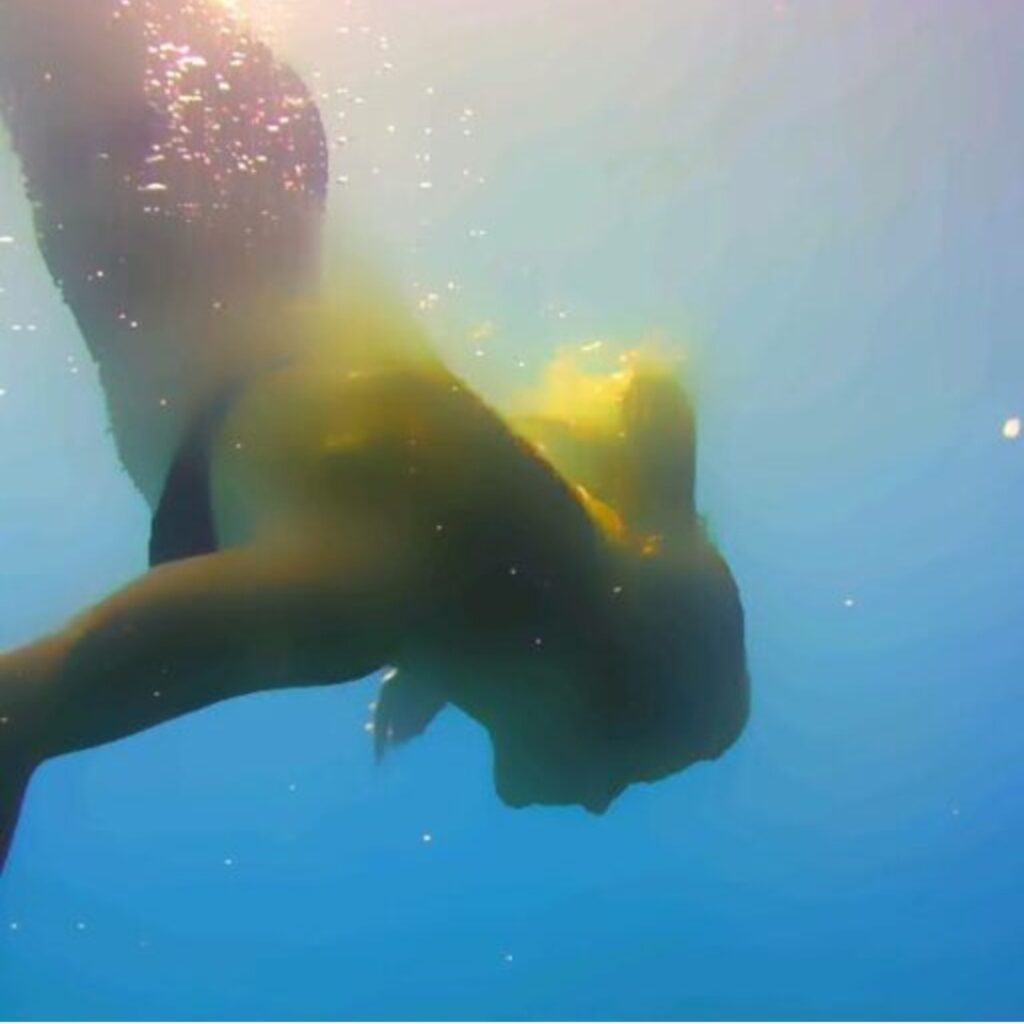Aquawareness draw us into the present moment
Aquawareness is an intriguing concept that invites us to explore our relationship with water through heightened awareness.
- Giancarlo De Leo’s Work on Aquawareness:
- Giancarlo De Leo, an independent researcher, former athlete, and swimming instructor, has been a pioneer in the field of Aquawareness. His work delves into the profound connection between water and our consciousness.
- In his article titled “Using Water to Enhance Awareness: The Ultimate Approach to Mastering Swimming,” De Leo emphasizes the importance of rediscovering our personal aquatic skills. He advocates for moving beyond mere technical proficiency in swimming and instead focusing on a mindful exploration of our existence within water².
- De Leo’s approach encourages swimmers to go beyond the competitive aspect and embrace water as a medium for self-awareness. Imagine swimming not just for speed or exercise, but as a way to connect with the liquid element that envelops us, much like our existence in the womb².
- Awareness and Water:
- Water has a unique ability to evoke awareness. Whether it’s the soothing sound of waves, the sensation of floating, or the reflective quality of water surfaces, it draws us into the present moment.
- Next time you swim or simply immerse yourself in water, consider the deeper layers of awareness it can offer. Perhaps Aquawareness isn’t just about swimming—it’s about connecting with the primal element that sustains life itself.
(1) Giancarlo De Leo – Academia.edu. https://independent.academia.edu/TolomeusArounder.
(2) (PDF) Aquawareness – Riscoprire il proprio rapporto con l’acqua …. https://www.academia.edu/27685965/Aquawareness_Riscoprire_il_proprio_rapporto_con_l_acqua_attraverso_la_consapevolezza_Viaggio_nel_mondo_del_nuoto_oltre_l_agonismo.




